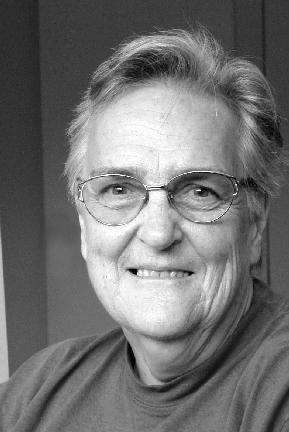
The 2001 Walter Hälg Prize of the European Neutron Scattering Association

Professor Jane Brown
Recipient of the 2001 Hälg/ENSA Prize
A large number of nominations were received for the 2001 ENSA/Hälg Prize. The nominations were examined by an international selection committee consisting of authorities representing the major scientific disciplines, both within and beyond the field of neutron scattering. After considerable deliberations the selection committee is now delighted to announce that the recipient of the 2001 ENSA/Hälg Prize will be Professor Jane Brown of the Institut Laue Langevin, Grenoble, in recognition of her outstanding contributions to the science of neutron scattering over the last four decades.
Professor Brown has made a significant impact upon our understanding of the fundamental magnetic properties of materials through her contributions to both the development and exploitation of polarised neutron diffraction and advanced spherical neutron polarimetry techniques for the precise determination of complex magnetic structures and spin density distributions. She has played a key role in developing and establishing a computational framework, namely the extremely powerful and extensively used Cambridge Crystallography Subroutine Libraries (CCSL), to facilitate structure determination from crystalline diffraction. Professor Brown is also very well known to the European neutron scattering community for the expert guidance, support and training in single crystal and magnetic diffraction that she has tirelessly provided at the Institut Laue Langevin over the last thirty years.
Professor Brown is a graduate of Cambridge University, England. She first became interested in the application of polarised neutrons in the early 1960s whilst spending two years at Brookhaven National Laboratory in the US. Returning to Cambridge as a senior assistant in research and subsequently assistant director of research in the Cavendish Laboratory and fellow and lecturer in Physics at Newnham College she forged close links with Harwell, where she established a programme in neutron diffraction. In 1972 she was appointed as Senior Scientist in charge of the Diffraction Group at the Institut Laue Langevin, Grenoble. She received a Gulbenkian Visiting Professor Appointment to work at the University of Coimbra, Portugal, in the early 1990s and has also been a Visiting Professor at Loughborough University in England for several years. Although formally retiring from the Institut Laue Langevin in 1995, she continues to run an extremely active research programme, whilst also remaining a very popular local contact for user experiments.
Professor Bob Cywinski
Chairman of ENSA
University of Leeds, UK
9 August 2001